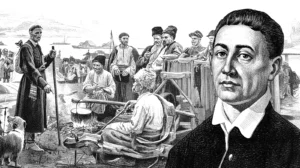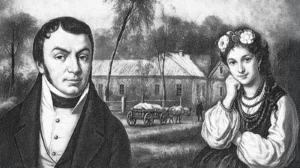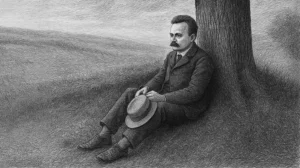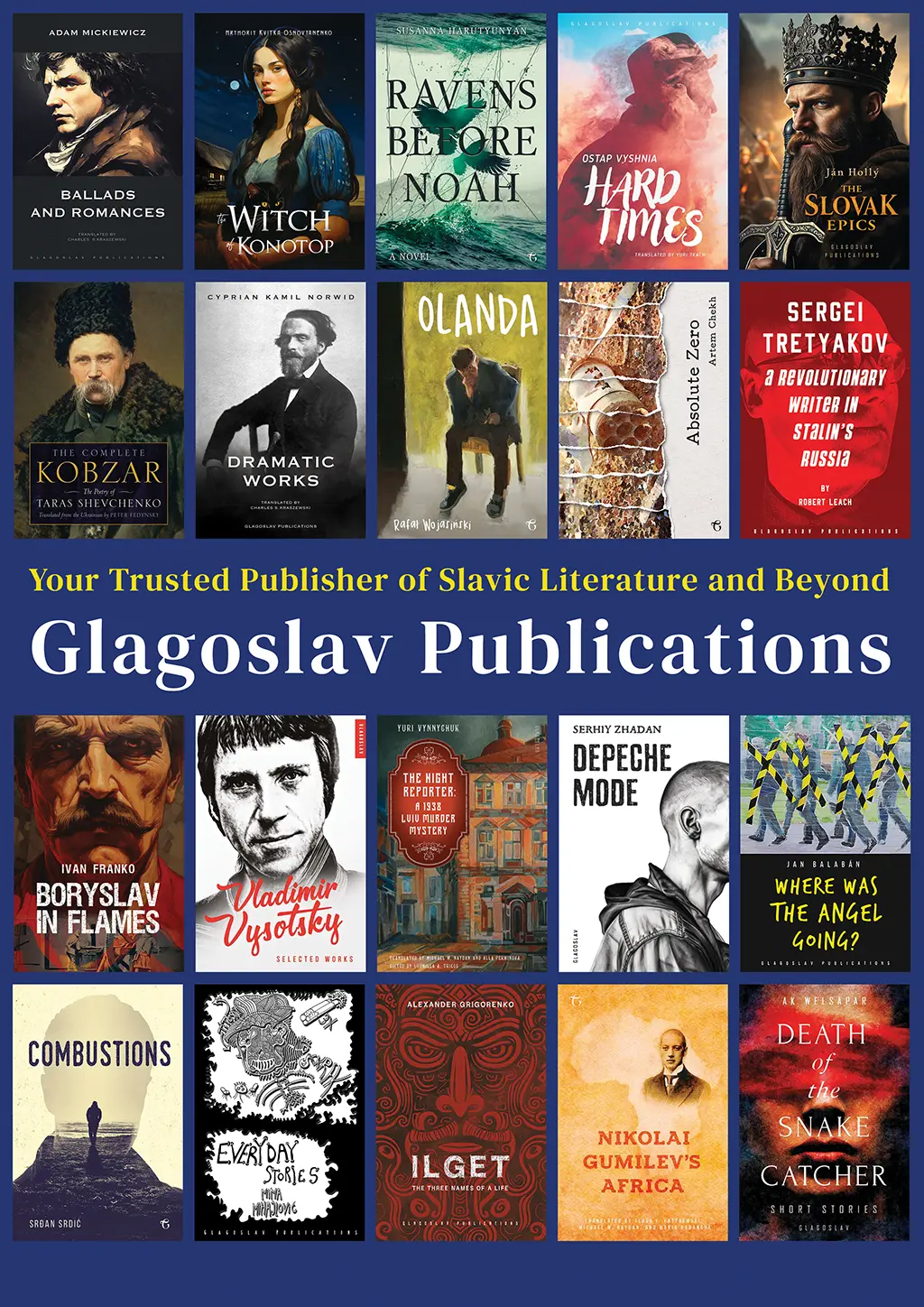Our Blog
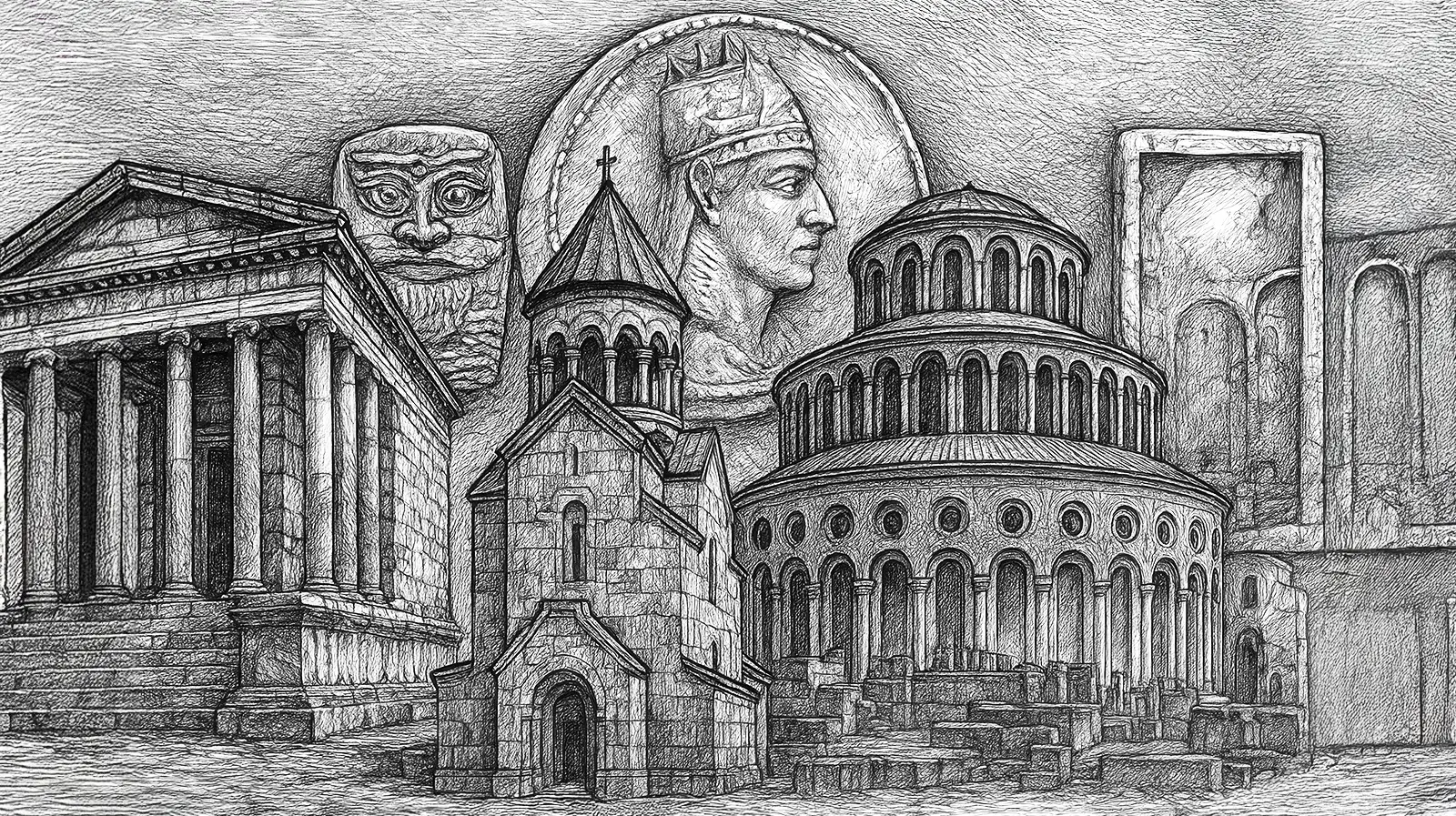
The Literary Legacy of Armenian Chronicles – Bridging History, Myth & Philosophy
Introduction
Armenian chronicles are far more than dusty historical records—they are a vibrant testament to a civilization that has thrived at the crossroads of history, myth, and philosophy. Born in the 5th century, following the creation of the Armenian alphabet by Mesrop Mashtots, these texts weave a rich narrative tapestry, chronicling epic battles, royal dynasties, divine visions, and timeless philosophical inquiries. They stand as a bridge between the tangible past and the boundless realm of imagination, preserving the soul of a people who, despite centuries of exile and turmoil, have clung fiercely to their cultural and spiritual roots.
From the poetic brilliance of Movses Khorenatsi’s History of Armenia—a cornerstone of Armenian identity—to the gripping tales of the Vardanantz wars and the sophisticated records of the Cilician kingdom, these chronicles fuse fact with folklore, history with theology. They wrestle with universal questions of faith, justice, and human destiny, all while remaining deeply anchored in the Armenian experience—its rugged landscapes, sacred language, and unyielding spirit. Today, these chronicles are not just relics of the past; they are living treasures that continue to shape national consciousness and offer profound insights into the human condition, making them essential reading for anyone exploring world literature and cultural heritage.
Historical Context
The Armenian chronicles emerged during a transformative era known as the “Golden Age” of Armenian literature in the 5th century. This period was sparked by the invention of the Armenian alphabet, a revolutionary tool that empowered monks, scholars, and statesmen to record their history and defend their newly adopted Christian faith against relentless pressures from neighboring empires. Caught between the Persian Empire’s push for Zoroastrianism and the Byzantine Empire’s cultural dominance, Armenia faced existential threats that shaped the chronicles into both a shield and a voice for a beleaguered nation.
By the 8th century, an intellectual renaissance fueled the creation of theological treatises and royal biographies, adding new dimensions to the chronicle tradition. Fast forward to the 13th and 14th centuries, and the Cilician Armenian kingdom—a thriving maritime state—produced diplomatic chronicles that captured its interactions with Crusaders, Mongols, and Mediterranean powers. Each era of invasion, displacement, or cultural flourishing left its mark, turning the chronicles into a layered narrative of resilience and adaptation.
What sets these works apart from typical medieval annals is their blend of moral reflection and mythic storytelling. They don’t just list kings and conquests; they frame Armenia’s struggles within a grand Christian narrative, tracing a sacred lineage from Noah’s Ark on Mount Ararat to visions of future redemption. This fusion of history and spirituality transforms the chronicles into a profound exploration of identity and survival, resonating far beyond their time and place.
Major Armenian Chronicles
Movses Khorenatsi (History of Armenia)
Known as the “father of Armenian history,” Movses Khorenatsi crafted History of Armenia in the 5th century, blending Hellenistic philosophy, Biblical ancestry, and ancient oral epics to chart Armenia’s origins from the legendary patriarch Hayk to the Sassanid conflicts of his era. His work is a literary tour de force, its rhythmic prose and masterful synthesis of myth and history setting the standard for all future Armenian chroniclers. Though some modern scholars question his timeline and sources, Khorenatsi’s chronicle remains a cultural monument, celebrated for its poetic beauty and its enduring influence on Armenian historiography.
Vardanantz Narratives
The Vardanantz narratives immortalize the wars of 449–454 CE, with the Battle of Avarair as their dramatic climax. Here, Vardan Mamikonian led Armenian forces against the Sassanid Empire’s brutal campaign to enforce Zoroastrianism, a struggle that ended in military defeat but was recast as a transcendent victory of faith. These chronicles elevate Vardan’s martyrdom into a national symbol of resistance, portraying his sacrifice as a covenant that secured Armenia’s Christian identity against all odds—an inspiring tale of defiance that echoes through the centuries.
Cilician Chronicles
From the 13th-century Cilician Armenian kingdom, chroniclers like King Het‘um II and Smbat Sparapet documented a sophisticated society that thrived as a conduit between East and West. Their writings detail treaties, bustling ports, and the minting of coins, offering a pragmatic counterpoint to the mythic tone of earlier chronicles. This shift reflects Cilicia’s role as a diplomatic powerhouse, engaging with Crusaders and Mongols alike, and showcases how the chronicle genre evolved to meet the demands of a changing world.
Agathangelos (The Conversion of Armenia)
Agathangelos’s 5th-century masterpiece, The Conversion of Armenia, recounts the miraculous deeds of Gregory the Illuminator and King Trdat’s embrace of Christianity in 301 CE—making Armenia the first Christian nation. More than a historical record, this chronicle serves as a national charter, intertwining church and state in a narrative that cemented Armenia’s spiritual identity. Its vivid storytelling and theological depth highlight the pivotal role of faith in shaping the Armenian psyche.
Key Themes & Motifs
Identity, Exile & Homeland
Exile runs like a thread through Armenian chronicles, yet it’s depicted not as a tragedy but as a sacred journey. The concept of hayrenik’ (fatherland) binds Armenians together, whether in medieval Crimea or modern-day Los Angeles, offering a homeland that exists in scripture, song, and shared memory. Chroniclers weave tales of displacement into a narrative of resilience, ensuring that Armenia’s spirit endures beyond its physical borders.
Faith & Resistance
Faith in the chronicles is a call to action, a source of strength against oppressors. From the Vardanantz wars to reflections on the 20th-century Armenian Genocide, religious belief drives resistance, with martyrdom portrayed as a powerful assertion of agency. These stories transform suffering into a testament of conviction, inspiring generations to stand firm in their values.
Human Condition & Social Justice
Chroniclers like Khachatur Abovian shine a light on the marginalized—peasants, widows, and orphans—using their stories to critique feudal tyranny and colonial injustice. These texts are not just historical accounts but passionate appeals for equality and dignity, bridging the past with timeless struggles for a fairer world.
Nature & Mythic Geography
The Armenian landscape—Mount Ararat, lush apricot orchards, and mystical springs—plays a starring role in the chronicles, imbued with spiritual meaning. These natural elements symbolize divine harmony and humanity’s duty to protect it, with Ararat standing as a beacon of hope and continuity in a turbulent history.
Literary Style & Technique
Armenian chronicles captivate with their distinctive literary flair, blending a range of techniques:
- Hybrid Narrative – A seamless mix of history, epic poetry, saints’ lives, and philosophical musings, appealing to both the mind and the heart.
- Ring Composition – Cyclical storytelling that echoes themes of fall, exile, and redemption, reinforcing a sense of divine purpose.
- High Grabar Armenian – The classical language, spiced with Greek, Syriac, and Persian influences, lends an elegant tone, later balanced by earthy vernacular in some works.
- Illuminated Manuscripts – Stunning visuals, like miniatures of Noah’s Ark atop Ararat, enhance the text with symbolic artistry, making each manuscript a feast for the eyes.
These elements combine to create works that are as beautiful as they are profound, elevating the chronicles into a unique category of literary art.
Impact on Armenian Identity
For a people often without a state, the chronicles became a “portable homeland,” safeguarding language, faith, and culture through centuries of upheaval. They influenced everything from church rituals to legal codes, inspiring 19th-century reformers and modern diaspora educators alike. Their words have kept Armenian identity alive, a lifeline for a scattered nation.
Beyond the page, oral retellings at weddings, pilgrimage feasts, and genocide memorials breathe new life into these ancient stories, turning them into dynamic rituals that unite communities worldwide. This living tradition ensures the chronicles remain a powerful force in shaping Armenian consciousness today.
Modern Reception & Interpretation
Today, Armenian chronicles are experiencing a renaissance, with scholars from various fields—classicists, historians, and Armenologists—delving into their origins and influences through advanced techniques like carbon dating. Writers like Krikor Zohrab and Nancy Kricorian have reimagined their themes, exploring gender, memory, and trauma in ways that resonate with contemporary readers.
Digital humanities projects and UNESCO efforts have brought these texts into the 21st century, offering online archives and translations that make them accessible to a global audience. This resurgence underscores their relevance, fueling discussions on cultural resilience, human rights, and environmental ethics in an interconnected world.
Conclusion
Armenian chronicles are a remarkable fusion of history and myth, capturing a nation’s triumphs and tragedies while offering timeless lessons for humanity. Their stories of faith, exile, and perseverance continue to inspire scholars, artists, and dreamers, proving that words can preserve a culture against all odds. As Armenia and its diaspora face the future, these chronicles remain a guiding light, a testament to the power of storytelling to define who we are and who we can become.
Related articles
Latest articles
